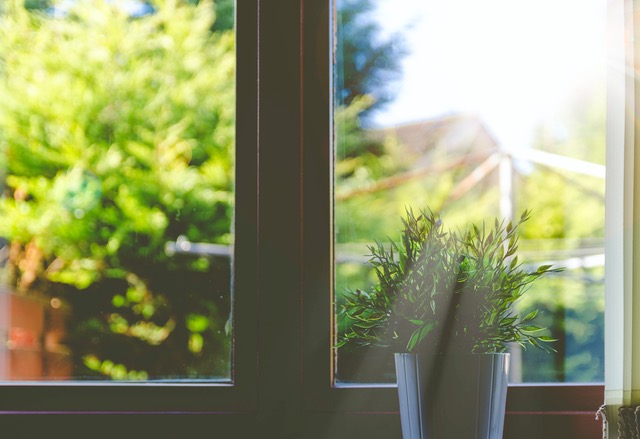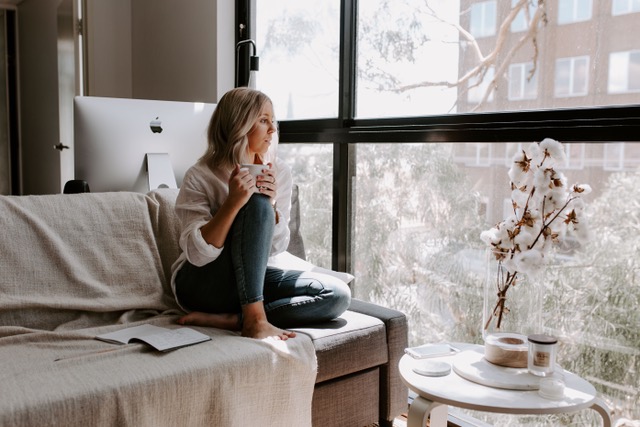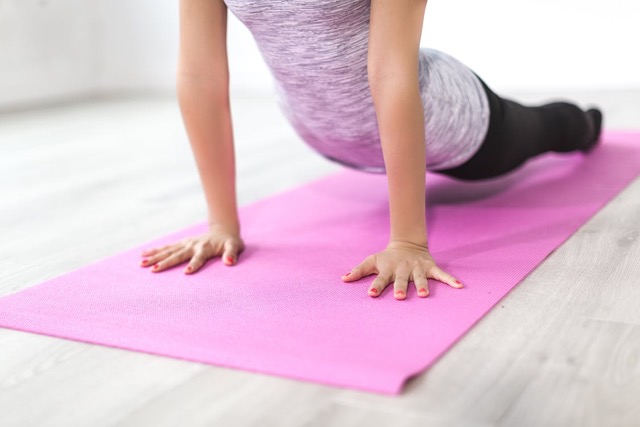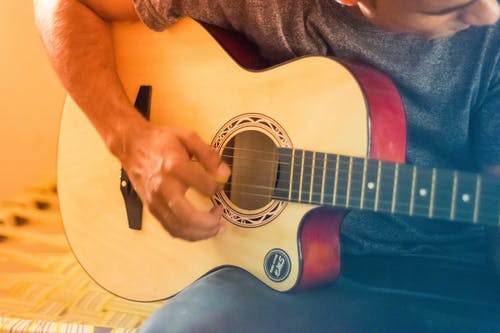Making the Most of Your Time at Home

Most of us are spending a lot more time at home these days, practicing social distancing and/or self-isolation to protect ourselves and our community from COVID-19. The restrictions being imposed by this pandemic mean that our normal routines and activities may have been disrupted, and it can take some time to adjust to this new reality. Luckily, there are many online resources to help us create new routines to stay physically and mentally healthy, all from the comfort and safety of our own homes.
In this article, we’ve provided a handful of suggestions related to some of the challenges you might be facing. Feel free to skip to whichever section(s) is (are) of interest to you:
Managing your fear and anxiety

Managing your fear and anxiety
As the Coronavirus pandemic unfolds, it’s normal to have a wide range of reactions. You may experience periods of:
- Anxiety, worry or panic
- Difficulty concentrating or sleeping
- Feeling helpless or confused
- Feelings of anger, loss or grief
This information sheet from Harvard University Health Services contains some helpful and concrete suggestions for managing these emotions. These Top 10 Tips for Emotional Health provide specific ideas for managing emotions that may arise during challenging times. You can also explore BounceBack— a series of videos offered by the Canadian Mental Health Association. Or, you might try using this workbook for managing our emotional challenges at this time.

Staying active
Looking for ways to stay active at home? Here are a few suggestions.
(Note: If you have a heart condition and are considering a new physical activity, make sure to familiarize yourself with the recommendations found in the Cardiac Rehabilitation Physical Activity Guide)
If you were recently discharged from the Heart Institute, someone from the cardiac rehabilitation team (rehab team) will have talked to you about building your activity levels after discharge. At this time, there are no in person exercise classes at the Heart Institute, but the rehab team is working from home, using telephone and other virtual tools to connect with patients. If you have any questions about rehabilitation, please contact the team at (613) 696-7068 or visit this page. The rehab team has also developed an App to help you get active after a new heart event or to stay active after cardiac rehab. Watch your inboxes in the coming weeks for more information about the App.
Many gyms and fitness facilities are offering online options for staying active during the pandemic. If you have a gym membership, contact your gym or visit their website to find out what they might be doing to support home-based physical activity.
The internet also has a wealth of online fitness resources that can add variety to your regime. For example:
- Online videos offered by the YMCA
- Online videos offered by MOVE50+ (in French only)
More online options are available on the UOHI COVID-19 resource page.
Staying connected
It’s very important to stay emotionally connected and take care of our mental health, even while we practice physical distancing. Try new ways to stay connected to family and friends by using technology to bridge the distance:
- Call loved ones on the phone or using video calls (such as Zoom, Skype, Facebook Messenger video calls or FaceTime) to keep in touch, check in to see how they’re doing, or just to chat.
- Call someone you haven’t talked to in a while and catch up.
- For more ideas, check out this article on Staying connected while practicing social and physical distancing

Exploring new things
This period might offer you time to explore new things in a way you hadn’t considered or may not have had time for in the past.
- Try a new recipe. Type the key words for two or three ingredients into your internet search engine, and find a new way to create your next meal.
- Museums and art galleries are offering virtual tours.
- Free online performances are being offered by the National Arts Centre.
- Is there a hobby you’ve always wanted to explore? Maybe painting, a new language, singing, knitting or gardening. YouTube has instructional videos for almost any activity and skill level. Type ‘learn’ or ‘how to’ and a keyword for the activity of your choice into the YouTube search engine to see what videos are available (For example: ‘how to draw’ or ‘learn to draw’).
- Think of a subject that’s always interested you, and then commit yourself to learning more about it. Check out this site, this article or this article to review a few of the many available options for free online courses and other learning possibilities.
- For more ideas on how to stay busy during this time, check out this article from McMaster University.

Caring for yourself
- Take a break from the news. Try not to get bogged down in social media or news channels. Manage your connection time (say, 1 or 2 hours per day, with trusted sources of information at specific times) and then step away.
- Do some activities every day that you have control over and give you a sense of accomplishment, while taking your mind off the pandemic.These don’t have to be big. Make a nutritious meal. Clean out the bottom of your closet.
- Plan to do something that calms you. A 10-minute meditation. A hot bath or shower. Dance around your living room.
Many ideas are being shared between friends and family members, in online forums, or even through news programs. Be open to trying something that might be new to you. Explore only those that are of interest to you and do not pressure yourself to do things you don’t want to do.
For more information and resources, please visit the UOHI COVID-19 resource page.
